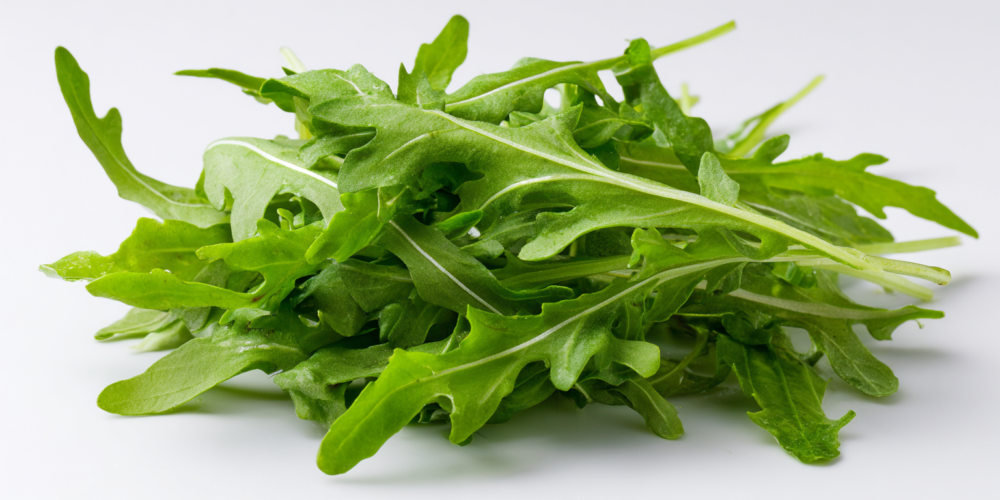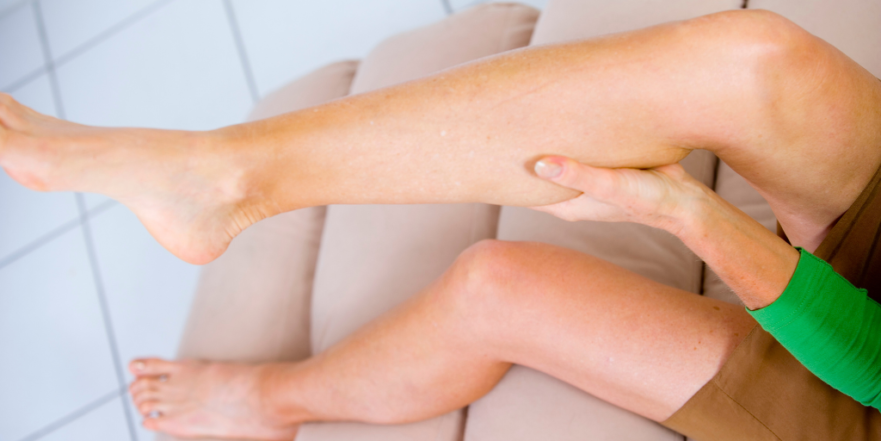3. Chest Discomfort and Its Deceptive Impersonators

Classic angina is that pressure or pain in the chest that appears with exertion—climbing a hill, carrying groceries—and is relieved by rest. It’s your heart muscle, the most important organ, telling you, “I’m working too hard with too little oxygen.” Now, pay close attention, especially women, as this may be the most important information in this article for you. For decades, medicine primarily studied heart attacks in the male body. In women, a heart attack or angina often does not present with classic chest pain. The female body sends different, more subtle signals that are dangerously confused with anxiety, stress, or gastric problems. These warning signs in women include sudden and overwhelming fatigue—not normal tiredness, but feeling completely drained of all energy for no reason. It includes shortness of breath with activities that were previously easy, like making the bed. It can also manifest as pain in other places: a nagging pain in the back between the shoulder blades, a jaw pain that feels like a toothache, or a burning sensation in the pit of your stomach, often accompanied by nausea, dizziness, or an inexplicable cold sweat. Women, please listen to your bodies and trust your intuition. If you feel a combination of these atypical symptoms, especially if they worsen with exertion, do not let anyone dismiss it as “just stress.” It could be your heart asking for help.
2. The Mental Fog: When Your Brain’s Power Supply Dwindles

Your brain is an energy powerhouse, consuming a staggering 20% of all the oxygen you breathe. When the arteries that feed it, like the carotid arteries in your neck, begin to clog, the power supply to this plant drops. This doesn’t just cause simple forgetfulness; it can lead to what’s known as vascular cognitive impairment. The person may become slower at processing information, have difficulty making decisions that were once simple, or experience mood swings and apathy. Many families, and even some doctors, immediately think of Alzheimer’s. But while Alzheimer’s is a disease of the brain’s “wiring,” vascular impairment is a problem with the “plumbing.” The crucial difference is that vascular problems are often treatable and, more importantly, preventable. The health of your brain is a direct reflection of the health of your arteries. What’s good for your heart is good for your brain, and vice versa.
1. The Ultimate Early Warning: The Canary in the Coal Mine

We’ve arrived at the number one sign—the taboo that needs to be broken to save lives. For men, the most powerful and earliest warning sign is erectile dysfunction (ED). An erection is a purely vascular event, depending on intense, rapid blood flow. The arteries in the penis are minuscule, far thinner than those in the heart or brain. As a matter of simple physics, they clog up first. Therefore, erectile dysfunction, especially when it develops gradually, is not primarily a problem of masculinity, virility, or psychology. It is a plumbing problem. It is your body giving you a clear warning, sometimes three to five years before a heart attack or stroke. If you or your partner is experiencing this, the most important conversation is not just with a urologist, but with a cardiologist. It is a window of opportunity to act that cannot be wasted.
So what is the equivalent “canary in the coal mine” for women? The specific and frequently ignored signal is agonizingly painful cramps in the legs or feet at rest. I’m not talking about soreness after intense exercise. I’m talking about that deep, excruciating cramp that wakes you up in the middle of the night, forcing you to jump out of bed. Most of us blame a lack of potassium, magnesium, or dehydration. But if this becomes a frequent occurrence, the cause could be far more sinister. Having cramps at rest can mean the obstruction in your arteries is so critical that not enough blood is getting through to keep your muscles oxygenated even while you are resting. It is your body screaming at the highest alert level. If this happens to you frequently, it is not normal. Don’t settle for a potassium supplement. It is a red-alert warning to have your vascular health thoroughly investigated.
How to Take Action Now

Okay, you now have the manual. You know how to decode the signals. The fear can be replaced by knowledge, and the power is now in your hands. Let’s turn this into action. First, move with intelligence. Wherever you are, stand up and do 20 calf raises (rising up and down on the balls of your feet) several times a day. This activates the “calf pump,” our second heart, which squeezes venous blood upward against gravity. Second, eat with purpose. Include foods like garlic, which helps relax blood vessels, and beets, which are rich in nitrates and act as a potent natural vasodilator. Dark leafy greens like kale, spinach, and arugula protect the inner lining of your arteries. Third, manage your stress. Chronic stress releases hormones like cortisol that can damage the delicate lining of your arteries, creating anchor points for plaque to form. Meditation, deep breathing, or an absorbing hobby isn’t a luxury; it’s essential cardiovascular maintenance. And of course, the two non-negotiable pillars: stop smoking and manage your weight. Now that you know the signs, you have the power to change the outcome. Don’t wait for an emergency. Start protecting your circulation today.

